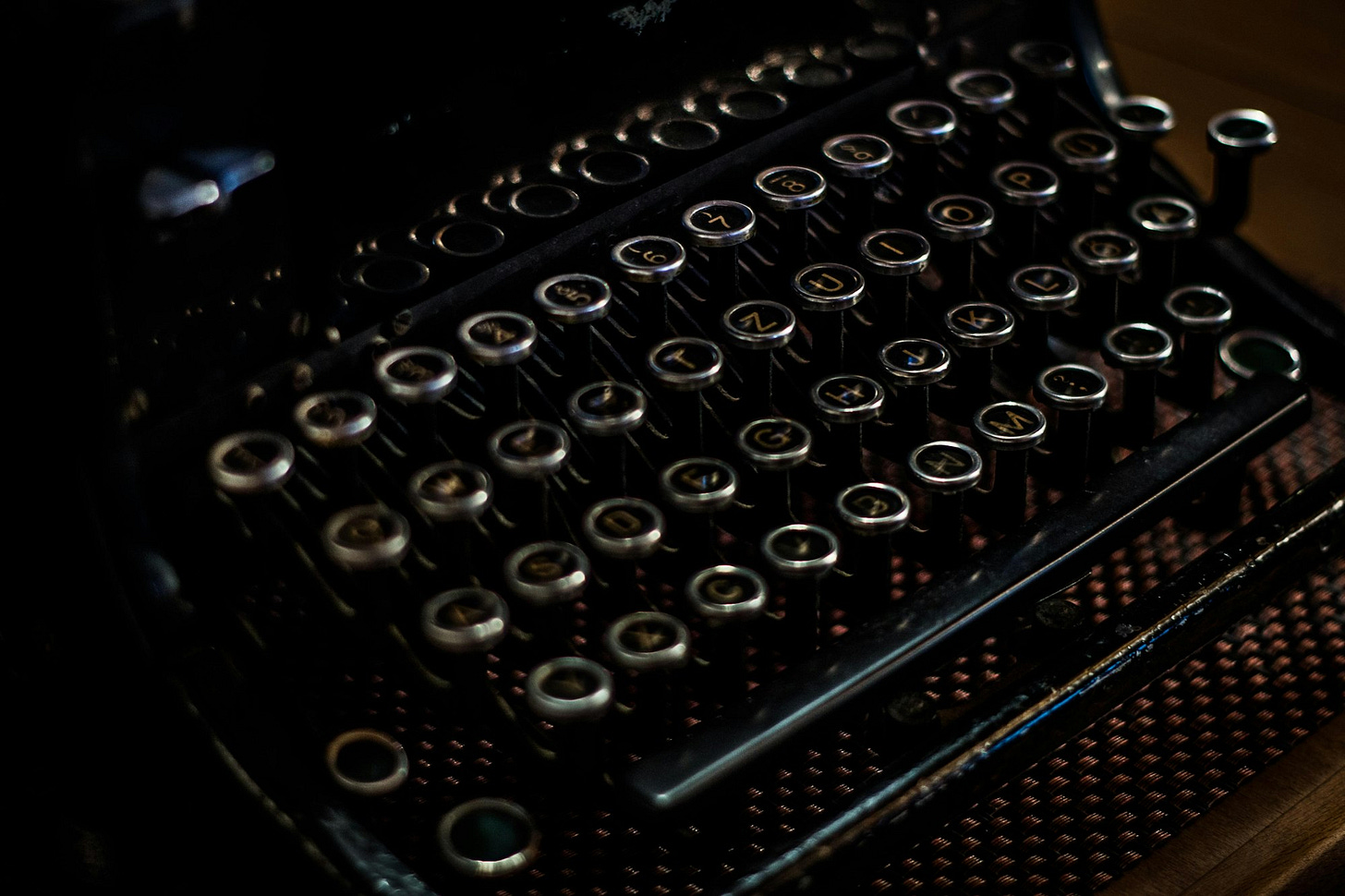Boost Your Writing Productivity with the Essential Toolkit
Unleash your writing potential with the essential productivity toolkit. Learn how to manage your time effectively, organize your projects, minimize distractions, and create the ideal writing environment for unparalleled efficiency.

In writing, productivity is often as elusive as the muse that fuels our creativity. Each day presents a battle against time, distractions, and the ever-present fear of writer’s block. However, conquering your day and boosting your writing output is within reach with the correct tools and techniques. This blog post will unveil the writer’s essential productivity toolkit, a curated collection of strategies, tools, and practices to enhance writing efficiency.
Introduction: The Struggle for Writerly Productivity
For writers, the quest for productivity is a daily struggle. The freedom that comes with the craft also brings the challenge of self-discipline and time management. Balancing writing with other life responsibilities can feel like a juggling act where the balls constantly threaten to drop. Recognizing the need for a structured approach to conquer the day is the first step toward achieving your writing goals.
Building the Toolkit
A well-equipped writer’s toolkit addresses time management, organization, distraction minimization, and task optimization. Here’s how to build yours:
Time Management Techniques
Pomodoro Technique: This method involves working in focused sprints of 25 minutes, followed by a 5-minute break. After four cycles, take a more extended break. The Pomodoro Technique helps maintain high levels of concentration while avoiding burnout.
Scheduling: Dedicate specific blocks of time to writing each day, treating these blocks as non-negotiable appointments. A consistent schedule builds a routine and ensures that writing time is protected.
Tools for Organization
Evernote: A versatile app for note-taking, organizing, task management, and archiving. Evernote’s flexibility makes it an indispensable tool for writers to capture ideas, research, and outlines.
Trello: This project management tool uses boards, lists, and cards to organize and prioritize your writing projects visually. Trello is beneficial for tracking different stages of writing projects, from conception to publication.
Minimizing Distractions
Website Blockers: Tools like Freedom or Cold Turkey block distracting websites across your devices, allowing you to focus on writing without the temptation of the internet.
Apps: Applications like Focus@Will offer music and soundscapes designed to enhance concentration. Alternatively, apps like Forest Gamify focus time, encouraging you to stay off your phone by growing virtual trees.
Batching and Outlining Tasks
Batching: Group similar tasks together and tackle them in dedicated time blocks. For example, dedicate specific times for email, research, writing, and editing instead of switching between these tasks throughout the day.
Outlining: Before diving into writing, spend time outlining your piece. A clear outline serves as a roadmap, making the writing process smoother and more efficient.
Creating Your Ideal Writing Environment
Beyond tools and techniques, the physical and digital environment in which you write plays a crucial role in productivity. Here are elements to consider:
Physical Space: Designate a specific spot as your writing nook. Ensure it’s comfortable, well-lit, and stocked with all the necessary supplies. Personalizing your space with items that inspire you can also boost motivation.
Digital Space: Keep your digital workspace organized. Use folders to categorize documents, maintain a clean desktop, and have a system for backing up your work. A clutter-free digital environment can significantly reduce stress and improve focus.
Reclaim Your Writing Time, Boost Your Output
By assembling and utilizing a comprehensive productivity toolkit, writers can transform their day-to-day practices, reclaiming time lost to inefficiency and distractions. The key lies in finding the right combination of techniques, tools, and practices that resonate with your workflow. Experiment with different time management strategies, explore organizational tools, minimize distractions creatively, and curate a writing environment that reflects your ideal setup.
Remember, productivity is not about rigidly adhering to a set of tools or techniques but about creating a flexible framework that supports your writing journey. With the writer’s essential productivity toolkit, you can conquer your day, enhance your writing output, and achieve your creative goals.



